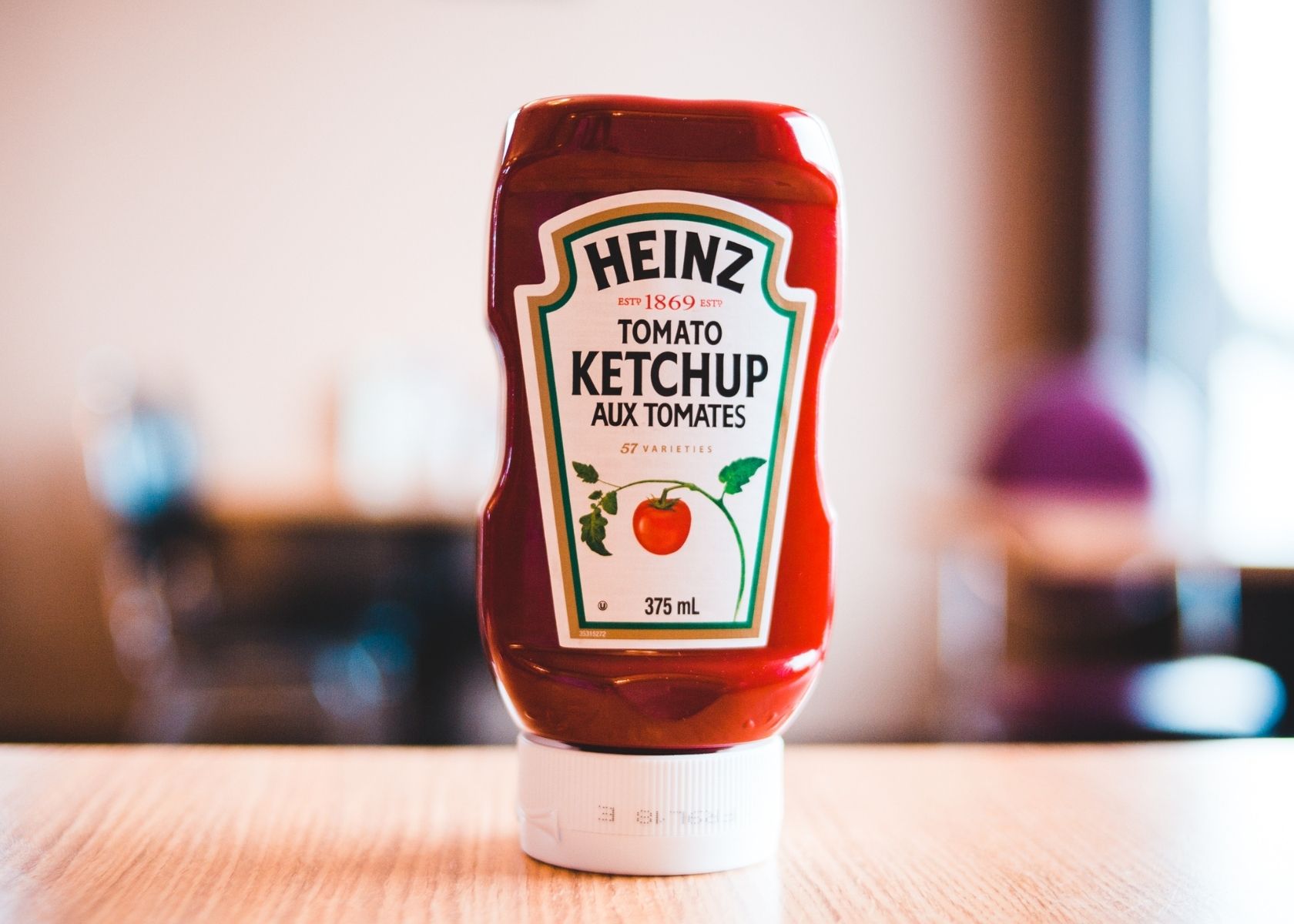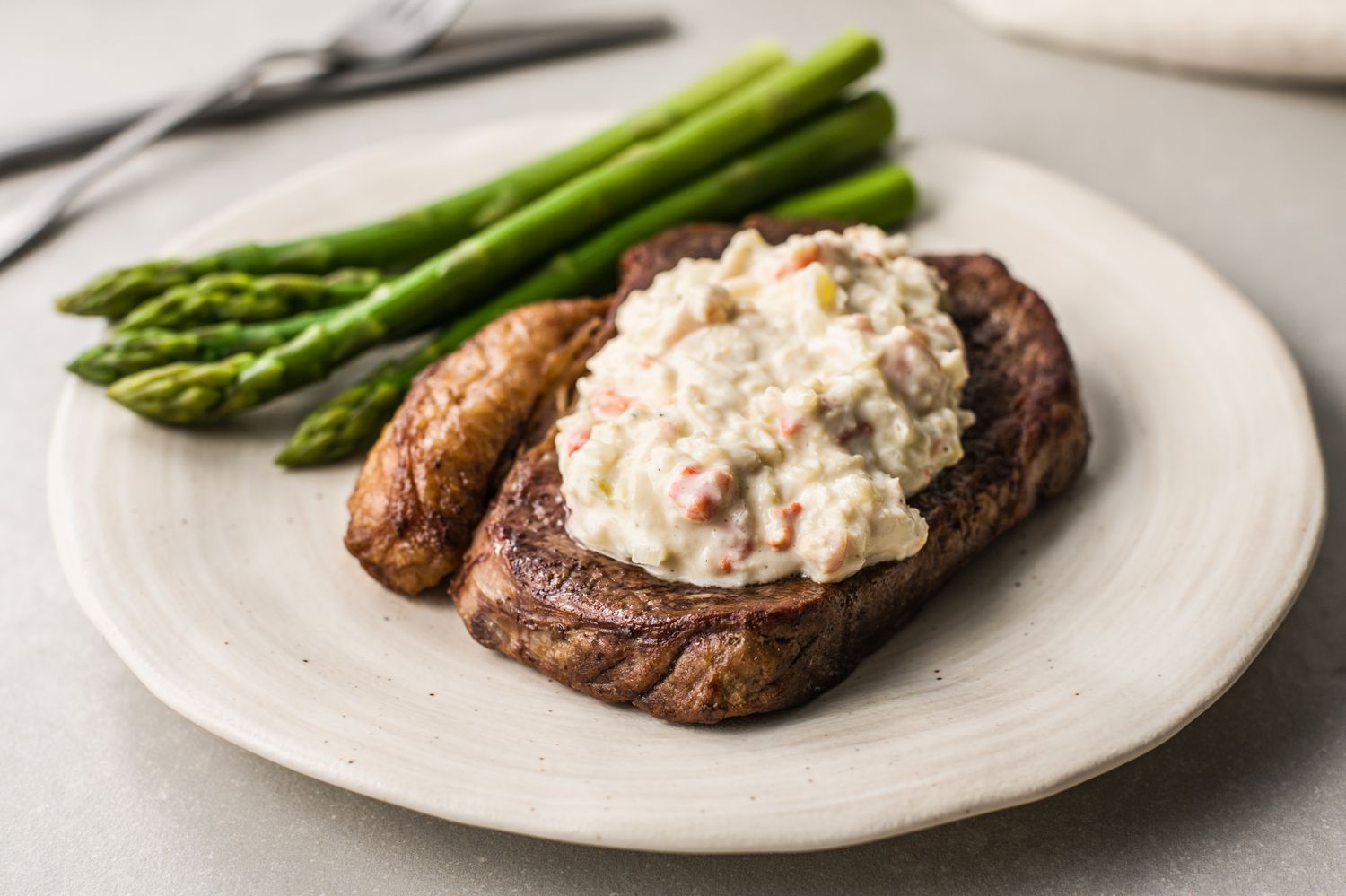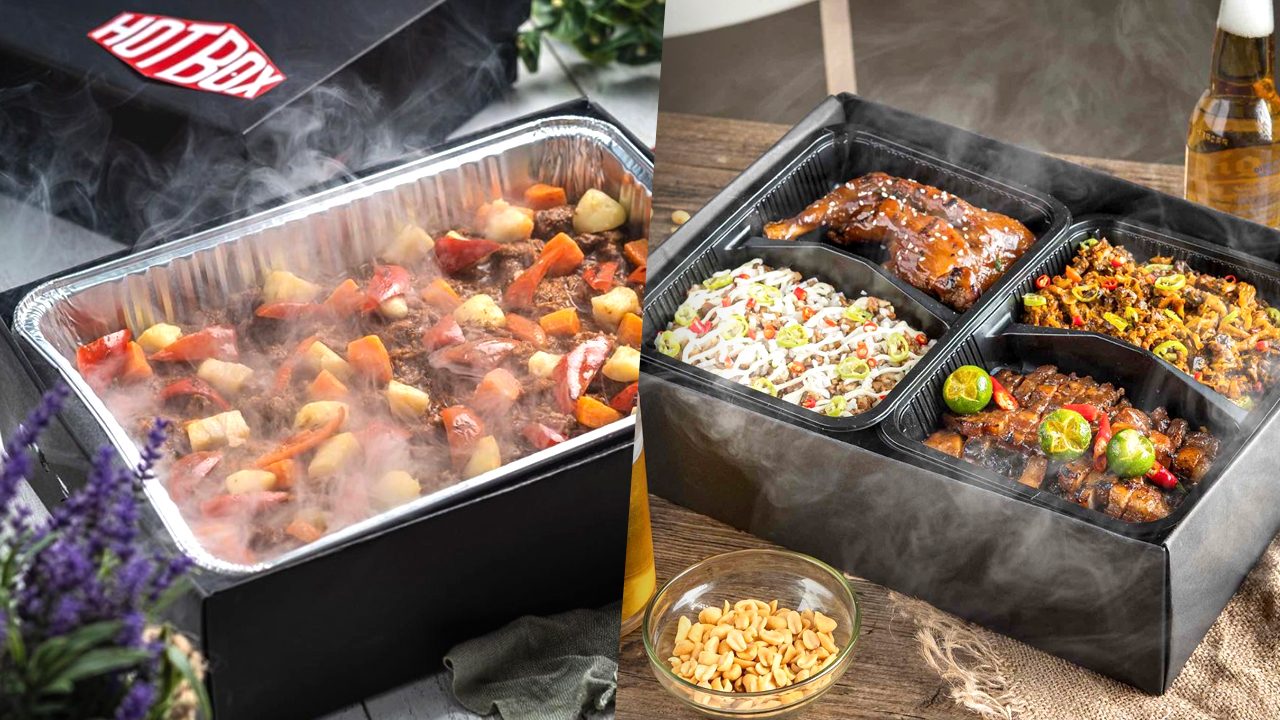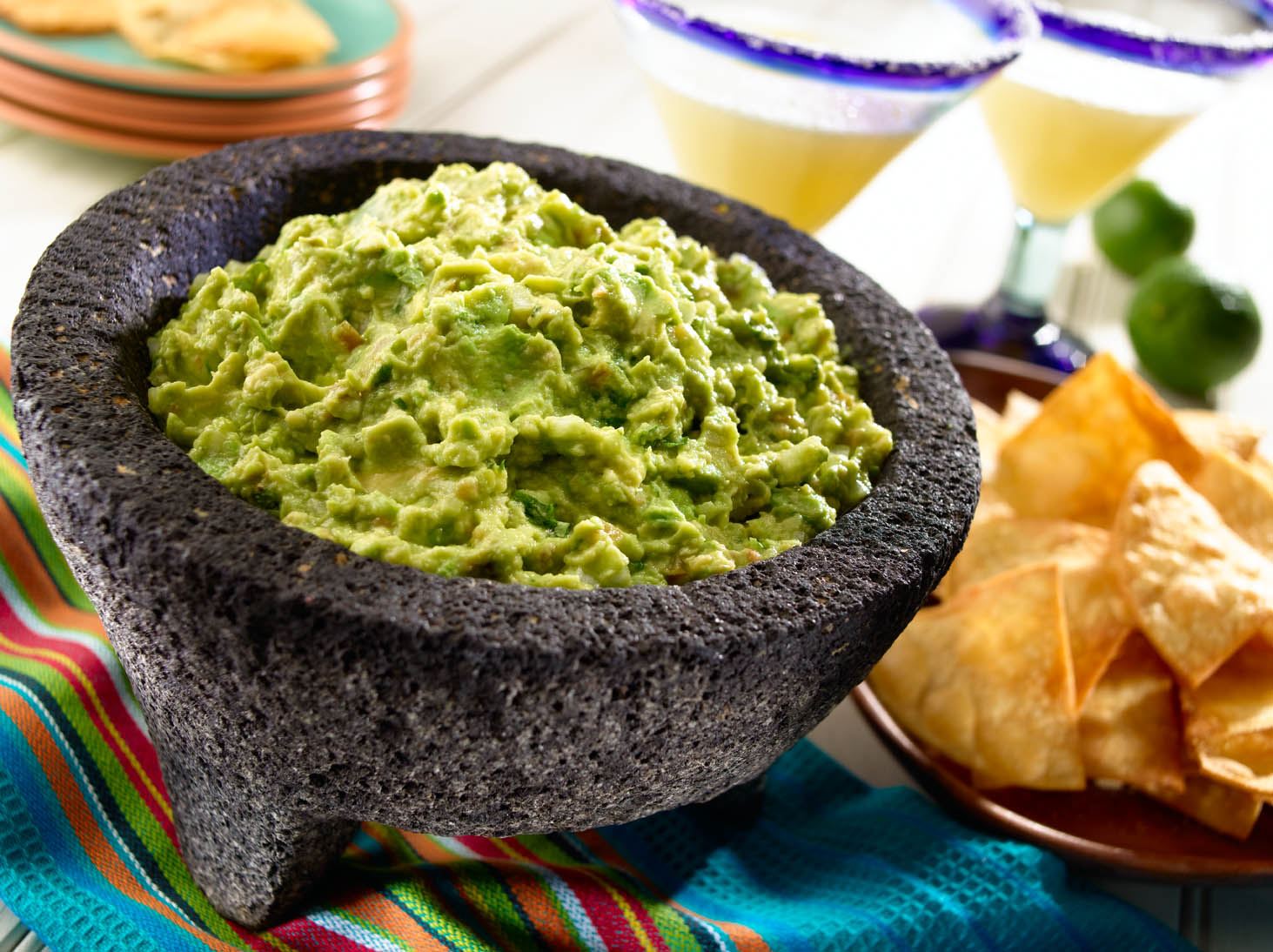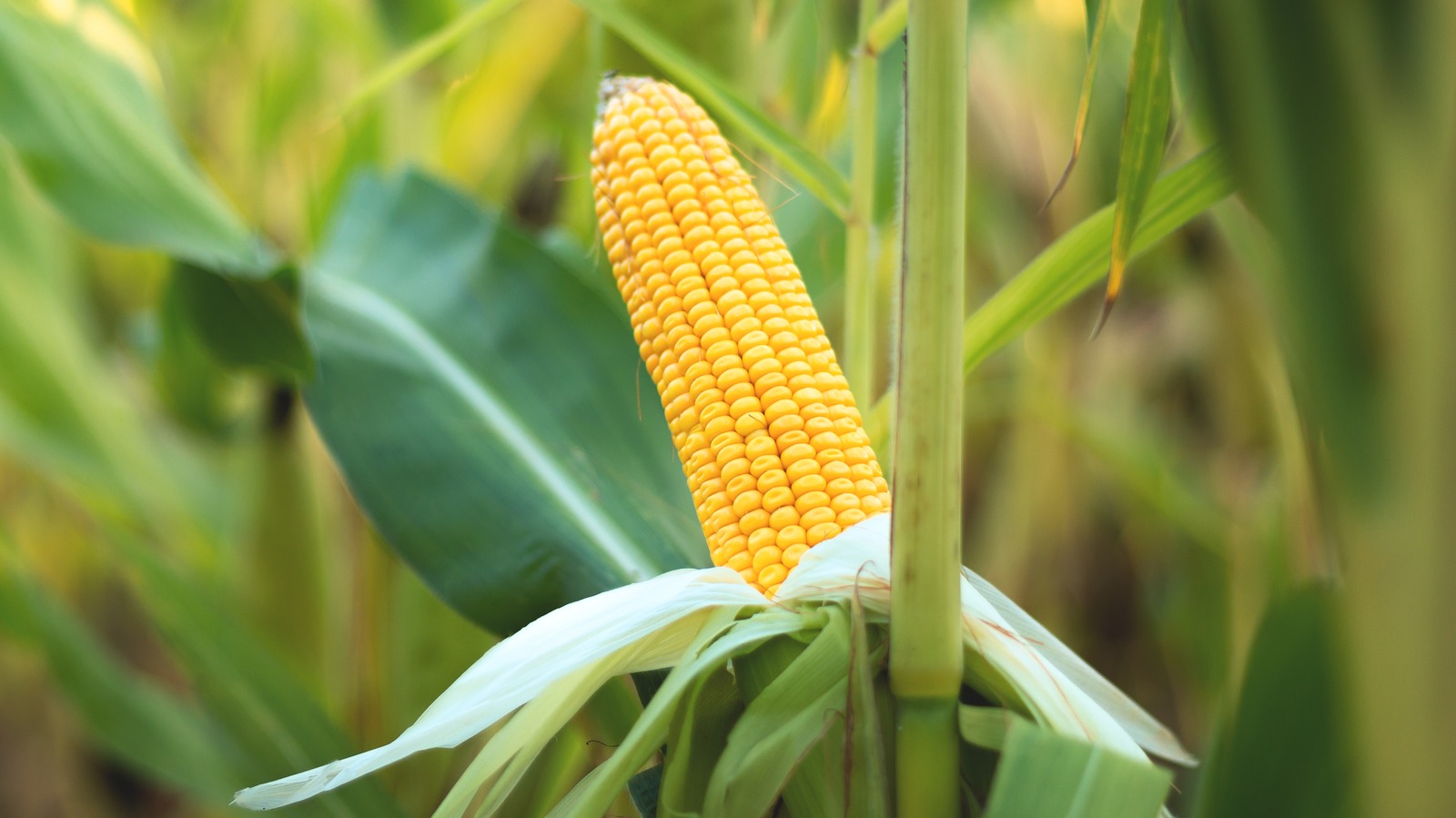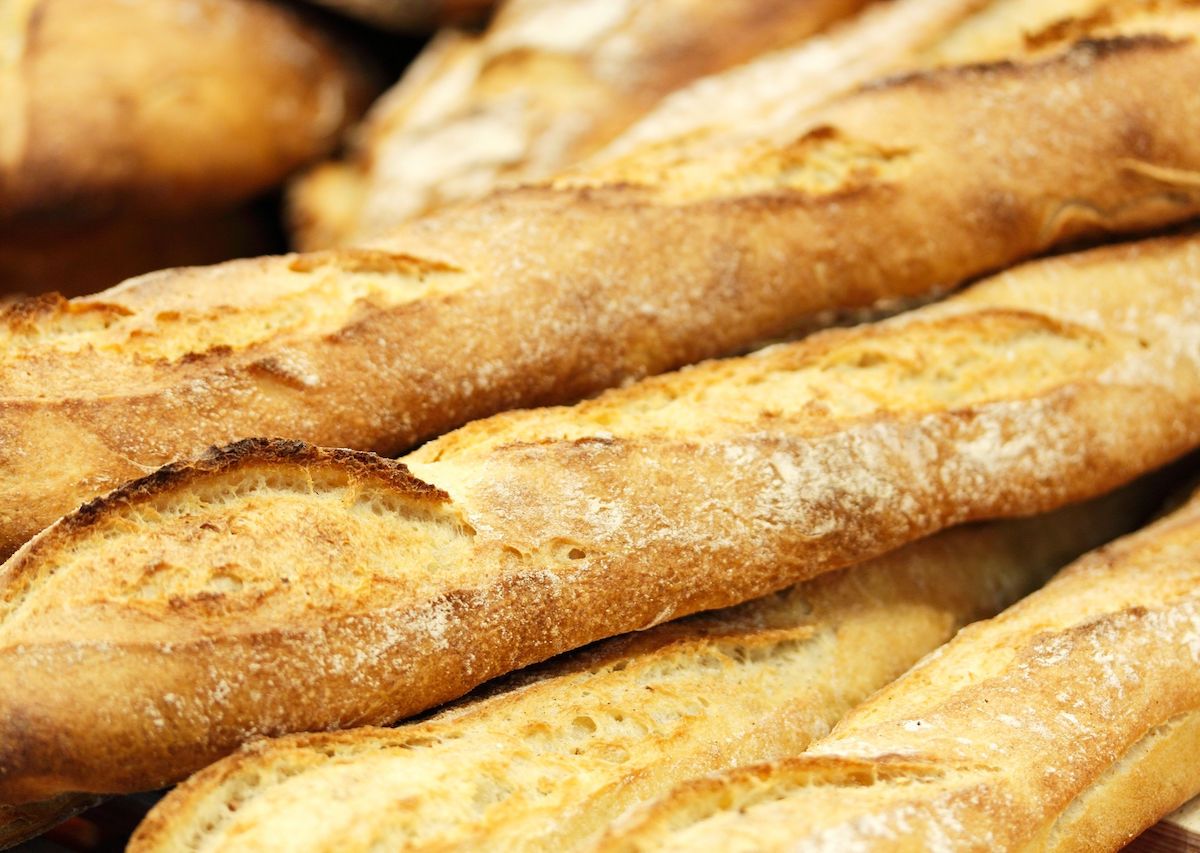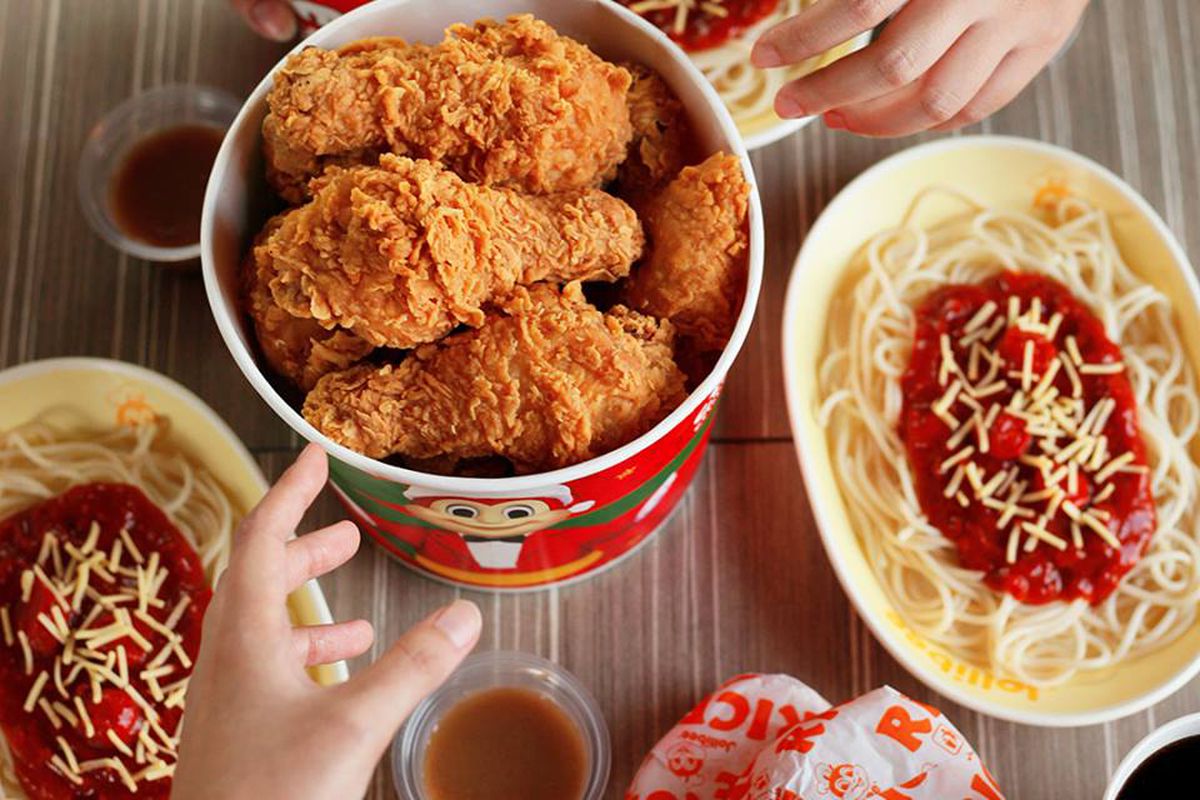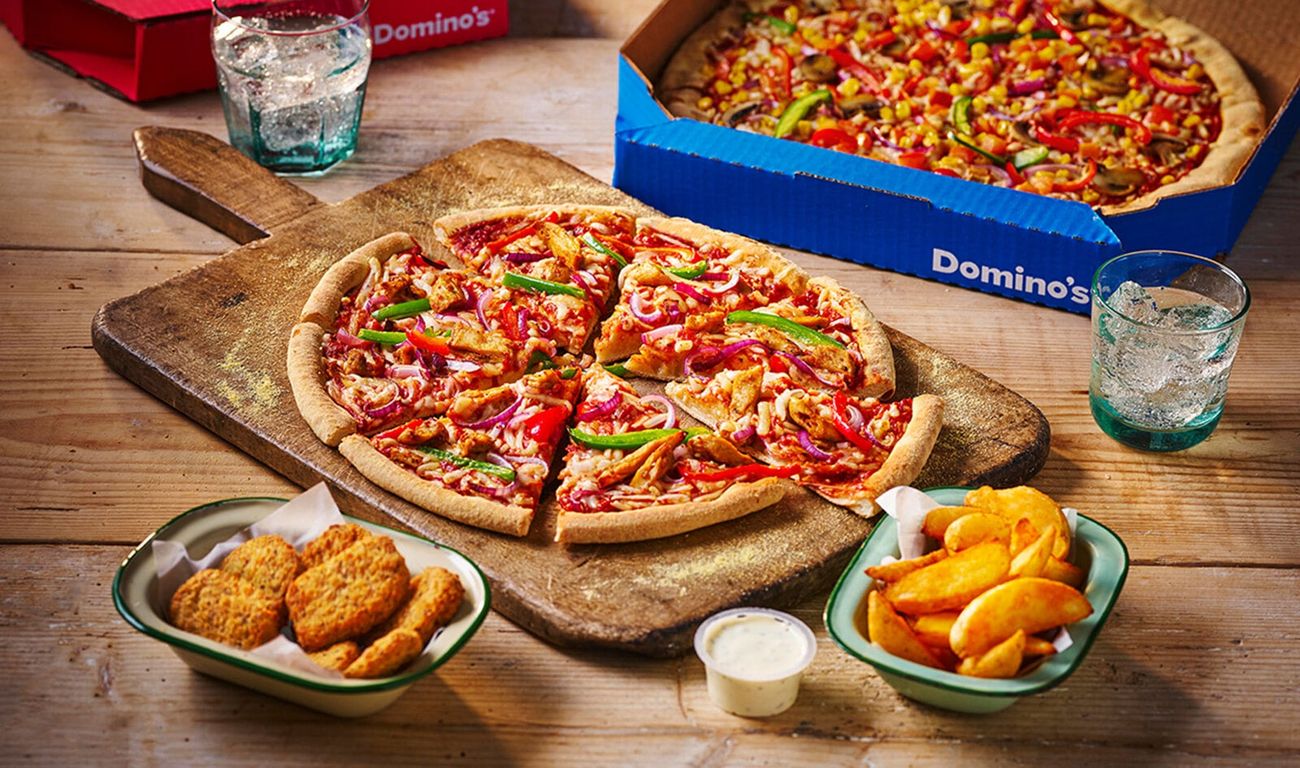Understanding Dirty Rice and Jambalaya
When it comes to Southern cuisine, two dishes that often get mixed up are dirty rice and jambalaya. While both are popular in Louisiana and other parts of the South, they have distinct differences that set them apart. Let’s take a closer look at what makes dirty rice and jambalaya unique.
Dirty Rice
Dirty rice is a traditional Cajun dish that gets its name from the appearance it takes on after cooking. The “dirty” color comes from the combination of white rice, ground meat (often pork or chicken), and a mix of finely diced vegetables such as onions, bell peppers, and celery. The dish is seasoned with a blend of spices, including garlic, paprika, and cayenne pepper, giving it a flavorful kick.
One of the key elements of dirty rice is the use of chicken livers or gizzards, which add a rich, earthy flavor to the dish. These ingredients are cooked together to create a hearty and satisfying meal that is often served as a side dish or main course.
Jambalaya
Jambalaya, on the other hand, is a Creole dish that is known for its bold flavors and diverse ingredients. It typically consists of a mixture of meats such as sausage, chicken, and sometimes seafood, combined with vegetables, rice, and a variety of spices. The dish is often cooked in a single pot, allowing the flavors to meld together and create a harmonious blend of tastes.
Unlike dirty rice, jambalaya does not traditionally include chicken livers or gizzards. Instead, it focuses on a combination of meats and seafood, giving it a more diverse and complex flavor profile. The use of ingredients like tomatoes and stock also adds a depth of flavor to the dish, making it a staple in Creole cooking.
The Key Differences
While both dirty rice and jambalaya are beloved dishes in Southern cuisine, there are several key differences that set them apart:
- Meat: Dirty rice typically includes ground meat and chicken livers or gizzards, while jambalaya features a mix of meats such as sausage, chicken, and seafood.
- Vegetables: Both dishes incorporate a blend of vegetables, but the specific types and proportions vary. Dirty rice often includes a trinity of onions, bell peppers, and celery, while jambalaya may include a wider variety of vegetables such as tomatoes and bell peppers.
- Flavor Profile: Dirty rice has a rich, earthy flavor due to the inclusion of chicken livers or gizzards, while jambalaya offers a more diverse and complex flavor profile with a mix of meats and seafood.
Which One Should You Try?
Both dirty rice and jambalaya are delicious and satisfying dishes that showcase the vibrant flavors of Southern cooking. If you’re a fan of hearty, meat-centric dishes with a rich and savory taste, you may enjoy dirty rice. On the other hand, if you prefer a more diverse and complex flavor profile with a mix of meats and seafood, jambalaya could be the perfect choice for you.
Ultimately, the best way to decide between the two is to try them both and see which one resonates with your taste buds. Whether you’re cooking up a taste of Louisiana in your own kitchen or seeking out authentic Southern cuisine, both dirty rice and jambalaya are sure to delight your senses and leave you craving more.
So, the next time you’re exploring Southern cuisine, don’t miss the opportunity to savor the distinct flavors of dirty rice and jambalaya. Each dish offers a unique culinary experience that is deeply rooted in the rich food traditions of the South.
Was this page helpful?
Read Next: What Is Goat Meat
